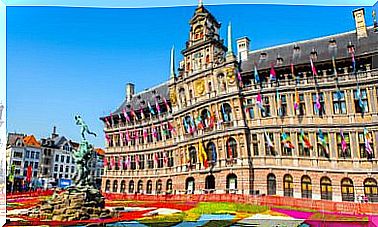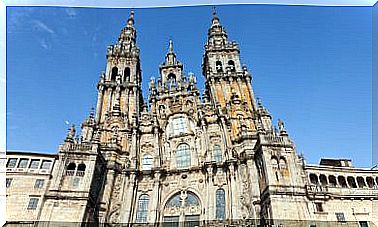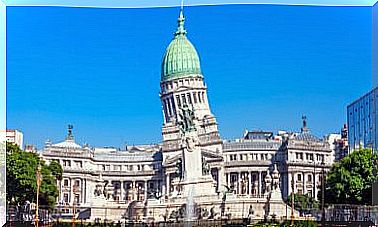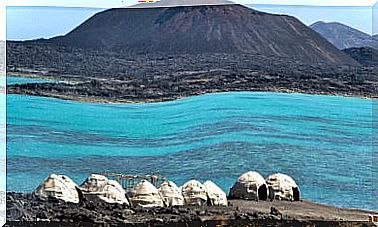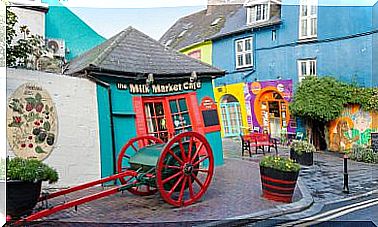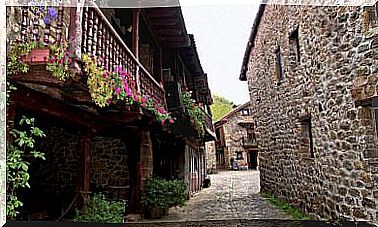The 7 Most Impressive Natural Phenomena In The World
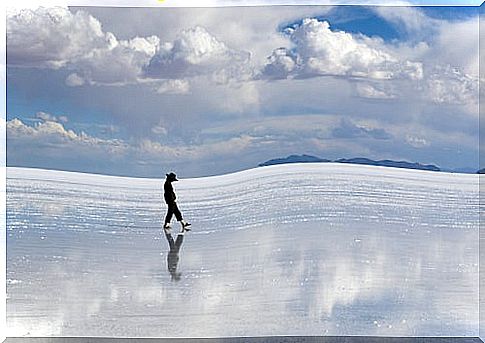
Nature offers us authentic wonders every day. Spectacles for the eyes that amaze and fascinate, moments and corners full of magic and, sometimes, mystery. Here are 7 of the most impressive natural phenomena in the world.
1. Northern lights and southern aurora
This incredible light show occurs in both the Northern Hemisphere (Northern Lights) and the Southern Hemisphere (Northern Lights).
It is due to a collision of particles from the sun against oxygen and nitrogen atoms found in the ionosphere.
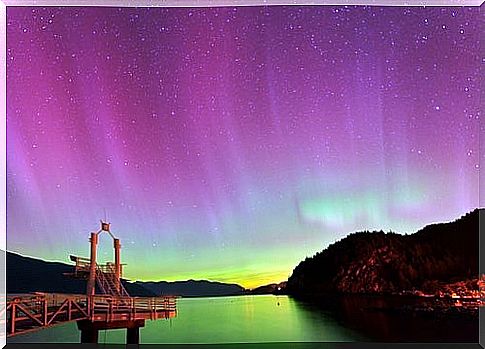
Due to geographical aspects, they are easier to see in the northern hemisphere in places like Alaska, northern Canada, southern Greenland, northern Scandinavia, Iceland, and northern Siberia.
Within the regions of the southern hemisphere where the southern aurora can best be appreciated is in Antarctica. Although there are also other more affordable places located in southern Australia or South America, such as the tourist city of Ushuaia, in the Argentine province of Tierra del Fuego.
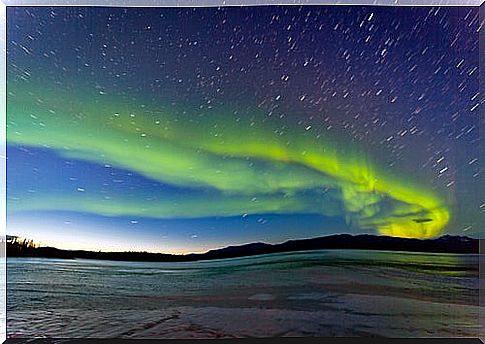
2. Mountains of colors
These incredible mountains of colors are located in the Zhangye Danxia National Geological Park in China. “Danxia” is the term used to refer to a type of mountain relief.
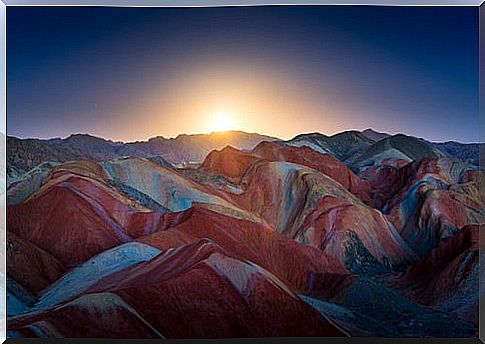
Its colors are due to the layers formed by the accumulation, after more than twenty million years, of minerals and arsenic rock. Thanks to the wind and rain we can appreciate their peculiar shapes that, together with their striking colors, make these mountains an unmissable spectacle.
It should be noted that these colorful mountains have been declared a World Heritage Site.
3. Flowery desert
This colorful and incredible natural spectacle begins near the end of winter and takes place in the Atacama desert, in northern Chile.
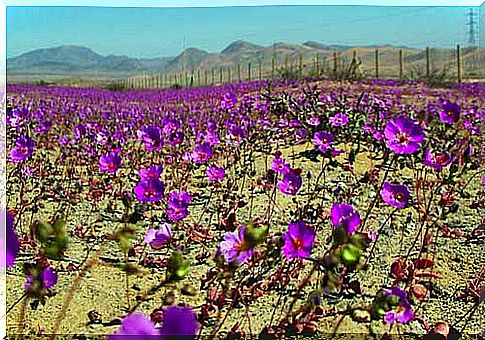
Paradoxically, this desert is considered the driest on the planet. If you wonder how it is possible that there are plants and flowers in this place, we give you the explanation: it is due to small amounts of water from meteorological currents such as La Niña and El Niño. The Camanchaca also helps, a thick fog that forms thanks to the wind coming from the sea and the Andes Mountains that helps the seeds to germinate.
To contemplate this phenomenon in all its splendor, it is advisable to visit the Atacama desert from mid-September.
4. The Uyuni salt flat
It is the largest salt flat in the world, since it has around 10,000 km 2. It is located in the department of Potosí, in Bolivia, at 3,650 meters of altitude and is an important lithium reserve worldwide.

Regarding the flora and fauna of the place, during the month of November it houses three species of flamingos. Cacti can also be seen on Pescado Island, a peculiar desert oasis in the middle of this place.
Very close to the salt flat you can find salt hotels, whose interiors are decorated with Aymara motifs carved in the blocks of salt that make up its walls.
It is recommended to visit the salt during the dry season, from the end of April to the beginning of December, since it is at this time when you can cross from one end to the other.
Keep in mind that temperatures can drop below zero during winter, so you have to take the necessary measures. During the rainy season the salt flat fills with water and you cannot enter at a distance of more than 15 km.
5. Migration of the Monarch Butterfly
This fantastic event occurs between the months of November and March. Butterflies that live in the western US travel to the coastal area of California, and those that live in the northeastern US and southern Canada travel to Mexico in order to hibernate.
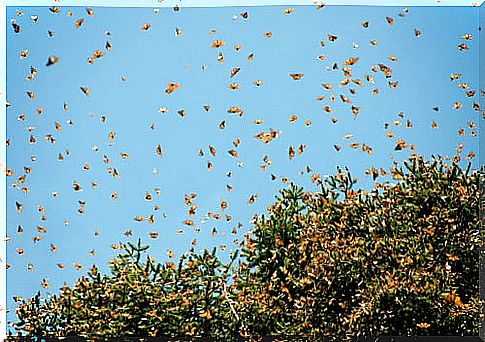
This migration can reach a distance of 5,000 kilometers and the butterflies are capable of doing it by traveling up to 120 kilometers a day. Once the temperatures begin to rise, the butterflies mate and begin the journey north again.
The forests that receive the Monarch Butterfly year after year are in the State of Mexico and Michoacán. Some of the places you can visit to see this wonderful phenomenon are El Rosario Park, Sierra Chincua, Piedra Herrada Sanctuary and Valle de Bravo, among others.
6. Rainbow eucalyptus
This psychedelic species of eucalyptus is native to the Northern Hemisphere, and is found naturally in Mindanao, New Guinea, Seram, Sulawesi, and the island of New Britain.
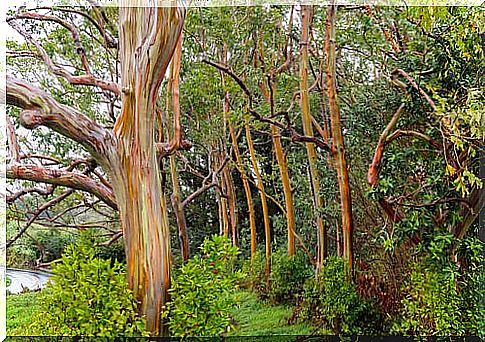
Its color is due to the fact that the bark changes annually, but in different periods. When the bark falls you can see the interior, which is a deep green color. This, when it comes into contact with the air, darkens and takes on different colors.
You can enjoy these colorful trees in other parts of the world and not just in their place of origin. It needs a humid tropical climate, although it can also resist light frosts, except for snow. It is possible to find it in Central America, such as the Parque de la Sabana, Costa Rica, and in South America in some parks in Brazil.
7. Spotted Lake
It is located between the US and Canada, approximately 100 kilometers from Vancouver. Its name means “stained” lake in English. The natives call it Lake Kliluk, “sacred lake”, for its therapeutic qualities.
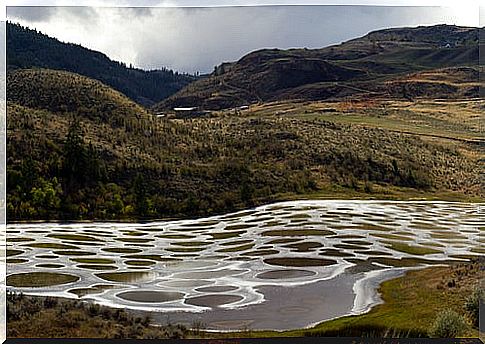
Its stains are due to the fact that its waters contain a high concentration of minerals. Thanks to the heat, the water evaporates and the minerals crystallize, giving rise to these peculiar spots of different shapes and colors.
Strange, surprising and wonderful, these are the most beautiful phenomena that nature offers us throughout the planet.



